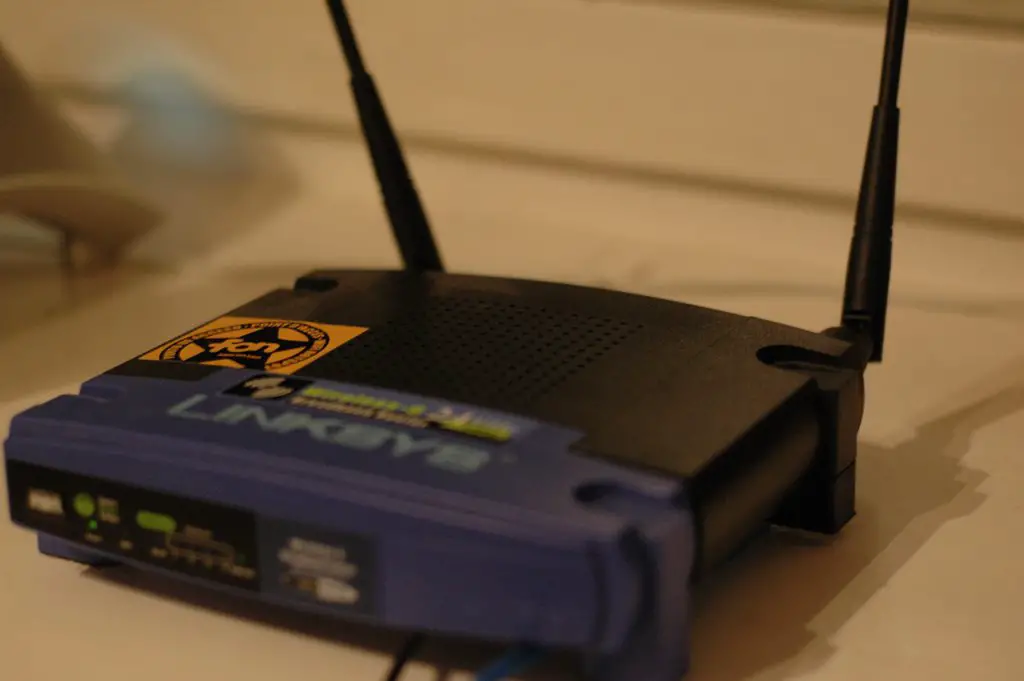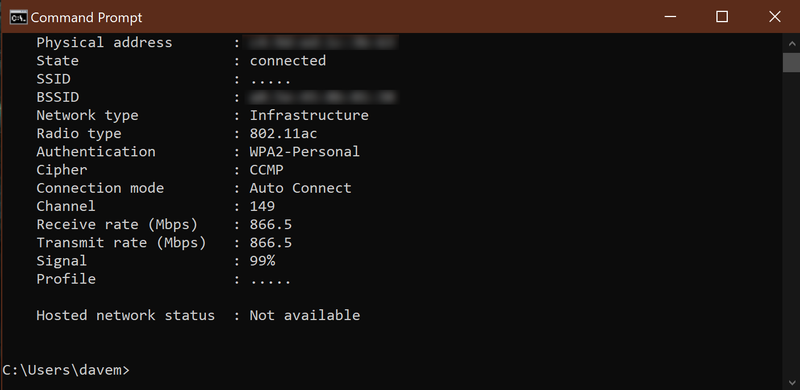
Multipath Fading: Known as signal attenuation due to one of these factors: Propagation: How an RF signal gets from one point to another. Gain: Indication of the concentration for the antenna of radiated power in a given direction. (Loss per connector = ~.25dB) Receiver Sensitivity Number of Antennas Tx Power - Cable/Connector Loss + Antenna Gain - FSPL + Antenna Gain - Cable/Connector Loss = (92.4 + 20 Log 10 (distance in kilometers) + 20 Log 10 (frequency in GHz))

= (96.6 + 20 Log 10 (distance in miles) + 20 Log10 (frequency in GHz))
#CISCO WIFI SIGNAL STRENGTH DBM FREE#
System Gain (dBm) = total gain of the radio system without considering antennas/cablesįree Space Path Loss (dB)= signal energy lost in traversing a path in free space only with no other obstructions Gain (Tx + Rx) - Free Space Path Loss - Cable/Connector Loss (each end added together) = Tx Output Power (dBW/dBm) + Antenna Gain (dBi) - Line Loss (dB)įade Margin (dB) = extra signal power added to a link to ensure it continues working if it suffers from signal propagation effects SNR (Signal-to-Noise Ratio) in dBm = amount signal level exceeds noise levelĮIRP (Effective Isotropically Radiated Power) in dBW/dBm = describes performance of a transmitting system Conventionsįor more information on document conventions, refer to the Cisco Technical Tips Conventions. If you work in a live network, ensure that you understand the potential impact of any command before you use it. All the devices used in this document started with a cleared (default) configuration. The information presented in this document was created from devices in a specific lab environment.
#CISCO WIFI SIGNAL STRENGTH DBM SOFTWARE#
This document is not restricted to specific software and hardware versions. There are no specific prerequisites for this document. Use these formulas and charts to become familiar with and help you troubleshoot your wireless link. Signal quality units are –dBm 0 is a better signal than –10.This document is a quick reference to formulas and information useful for understanding a wireless link connection. For 4G, this is RSRQ (Reference Signal Received Quality). Better signal quality is an indicator of more successful communications during precipitation events such as rain and snow.įor 3G networks, signal quality is ECIO (Energy to Interference Ratio). Cellular signal noise comes from reflections, ghosting and other interference. Signal quality shows how much interference there is between the cellular tower and CR300-CELL, or how noisy a band is.

Signal strength units are –dBm –70 is a stronger signal than –100. For 4G, it is RSRP (Reference Signal Received Power). Signal strengths are lower the farther away from the tower the CR300-CELL is.įor 3G networks, signal strength is reported as RSSl (Received Signal Strength Indicator). The closer your CR300-CELL is to the cellular tower, the more signal the antenna will pick up. Signal strength is how strong the received signal is. seeing the effect of vegetation and weather over time.

trying alternate Yagi antenna (reflective) paths.determining the effects of antenna height and location.determining the optimal direction to aim a Yagi antenna.However, they can be useful for activities such as: physical barriers (mountains, buildings, vegetation)īecause signal strength and quality can vary due to many factors, they may not give a true indication of communications performance or range.The factors that influence signal strength and quality include but are not limited to: Both signal strength and quality contribute to successful cellular data communications.


 0 kommentar(er)
0 kommentar(er)
